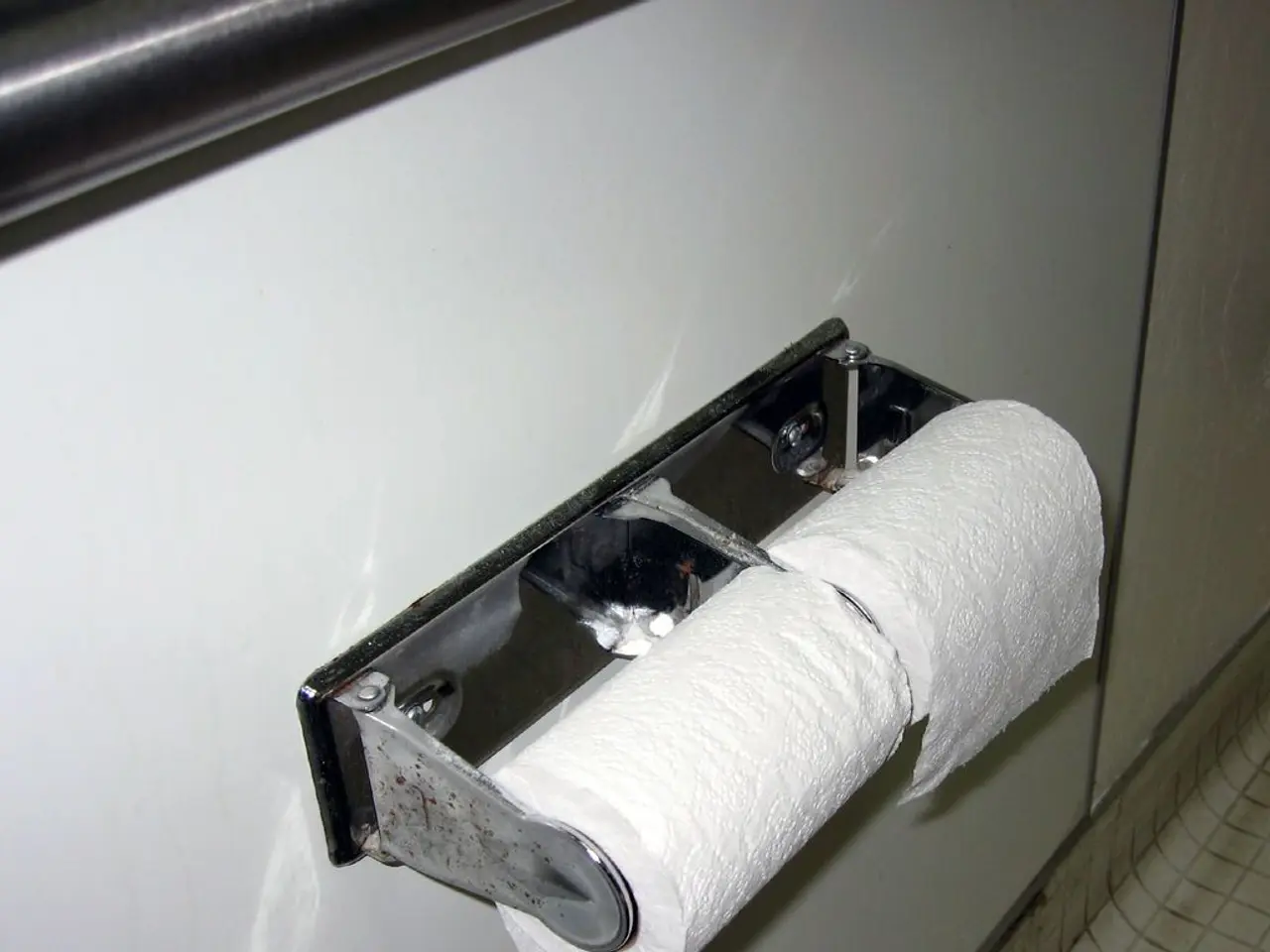Uncover the mysteries of tiling an irregular wall for a seamless, expert result
Tiling an uneven wall can be a challenging task, but with the right preparation and tools, you can achieve a professional, clean appearance. This guide will walk you through the steps to prepare and tile an uneven wall, depending on the severity of the unevenness.
Assessment
Before starting, assess the extent of the unevenness. Check for variations within about 3-6mm or more significant irregularities. Look for loose plaster, flaky paint, holes, or crumbling surfaces. Determine if the existing plaster is sound or needs full replastering.
Tools and Materials
- Scraper or putty knife
- Wall primer (e.g., Zinsser Gardz High Performance Sealer)
- Plaster or skim coat compound
- Sandpaper (medium and fine grit)
- Drywall spackle and joint compound (for drywall)
- Level and straightedge
- Tile adhesive and grout
- Trowel and grout float
- Tile spacers and tiles of choice
Preparation for Slightly Uneven Walls (3-6mm variation)
- Clean and prep the wall: Remove any loose, flaky material, and ensure the surface is dust-free and primed.
- Fill dips and dents: Use filler or plaster to fill larger dips.
- Apply skim coat: Apply one or multiple plaster skim coats (typical depth 1-2mm per coat) to create a smooth, flat surface; sanding between coats may be needed.
- Sand and prime: After drying, sand smooth and apply primer to seal and improve tile adhesion.
- Tile application: Use flexible tile adhesive; tile as usual on the prepared flat surface.
Preparation for More Challenging Uneven Walls (greater unevenness or crumbling)
- Full replastering: If plaster is unstable or crumbling, remove it and replaster the wall to create a solid base before tiling.
- Boarding: In case of major irregularities, consider fixing a backer board or suitable tile substrate over the wall to create a flat surface.
- Leveling compound: Use a self-leveling compound if appropriate for the wall type to even out severe unevenness.
- Once a flat, sound base is achieved, proceed with priming and tiling as above.
Additional Tips
- Use a long straightedge or level to identify uneven spots clearly.
- On drywall, patch any holes or cracks with spackle and tape, sand smooth, then prime before tiling.
- When tiling on somewhat uneven surfaces, use a flexible adhesive that can accommodate minor irregularities to reduce tile movement.
- For uneven tile surfaces, use a slightly thicker grout mix and a grout float with a rubber edge to ensure grout fills joints properly.
This approach ensures that your tiled wall will have a professional, clean appearance despite initial unevenness. By following these steps, you can create a beautiful and durable tiled surface on an uneven wall.
- An assessment of the wall's unevenness is crucial before starting the tiling project, whether the variations are around 3-6mm or more significant irregularities are present.
- Cleaning and preparing the wall properly involves removing any loose, flaky material and ensuring the surface is dust-free, primed, and ready for tiling.
- Filler or plaster is used to fill in larger dips on moderately uneven walls, followed by one or more plaster skim coats to create a smooth, flat surface, which may require sanding between coats.
- After drying and sanding, a wall primer like Zinsser Gardz High Performance Sealer should be applied to improve tile adhesion.
- On a flat, prepared surface, flexible tile adhesive is used for tiling, ensuring a professional, clean appearance.
- For walls with major irregularities or crumbling plaster, full replastering or fixing a backer board or suitable tile substrate may be necessary to create a flat surface suitable for tiling.
- When dealing with severe unevenness, a self-leveling compound may be used to even out the wall before proceeding with priming and tiling, as well as using a flexible adhesive and a slightly thicker grout mix during the tiling process.





